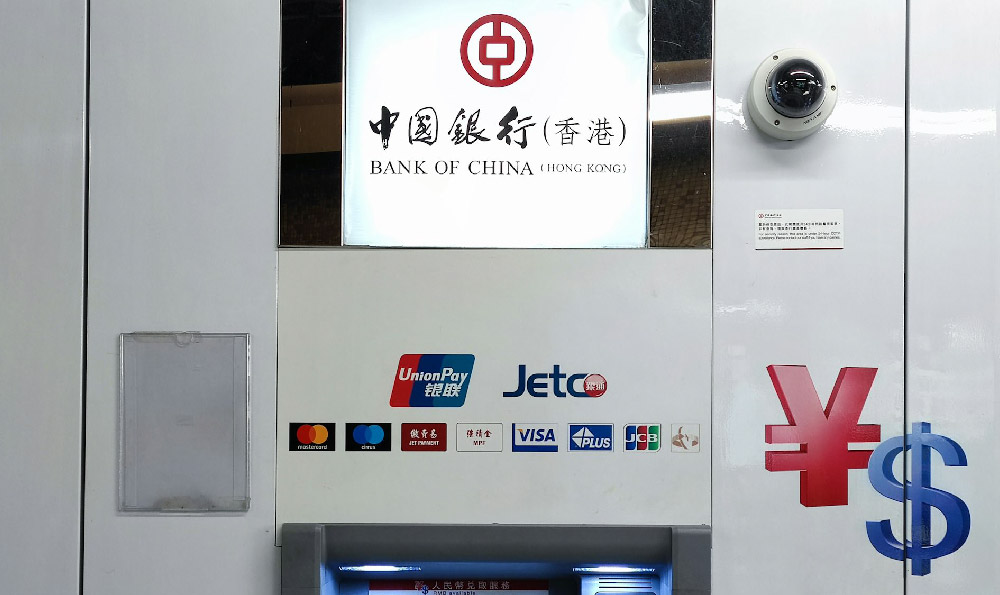Snapchat has long been seen as a social media platform primarily focused on ephemeral content and teenage engagement, but in recent years, it has evolved into a dynamic space for monetization that appeals to a broader range of creators, businesses, and entrepreneurs. With over 300 million active users globally and a growing emphasis on user-generated content, Snapchat presents unique opportunities for individuals looking to generate income. However, like any platform, its potential is not without challenges, and success requires a nuanced understanding of its ecosystem, strategic planning, and adaptability to trends. For those unfamiliar with Snapchat’s financial tools or business models, the path to profitability is often shrouded in mystery, but by examining the platform’s current capabilities and analyzing real-world examples, it becomes clear that earning money on Snapchat is not only possible but also increasingly viable for the right audience.
One of the most straightforward ways to monetize Snapchat is through the Snap Ads program, which allows brands to place targeted advertisements within the app. These ads are designed to appear in user stories, with a focus on maximizing engagement through interactive formats such as swipe-up links, sponsored lenses, and shareable filters. Unlike traditional social media platforms where users have to navigate multiple steps to access sponsored content, Snapchat’s integrated design ensures that ads are seamlessly embedded into the scrolling experience. This makes it particularly effective for reaching younger demographics, who spend more time on the app and are more likely to interact with dynamic, visually appealing content. However, creating successful Snap Ads requires understanding Snapchat’s algorithm, which prioritizes content that generates high engagement, such as humor, trends, and relatability. Creators who focus on niche audiences with specific interests may find greater success than those attempting to appeal to a broad, fragmented user base.
Another avenue for monetization lies in the platform’s Creator Program, which offers monetization tools for content creators who meet certain criteria, such as having a large follower count and producing high-quality content. Once accepted, creators can earn money through a combination of views, engagement, and sponsored content. This model is akin to YouTube’s Partner Program, but with Snapchat’s distinctive features, such as the ability to share content instantly and the emphasis on visual storytelling. Additionally, the platform has introduced a feature known as "Snapchat Shop," which allows users to sell products directly within their profiles. This integration of e-commerce capabilities provides an opportunity for small businesses and entrepreneurs to reach customers without leaving the app, although it requires a significant investment in content creation and audience building to drive sales effectively.

Beyond direct monetization, Snapchat offers a platform for skill-based monetization through its Spotlight feature, which enables creators to monetize specific skills such as photography, videography, and makeup. Users can browse and hire creators based on their expertise, and the platform facilitates this by providing a marketplace where services can be offered and payments processed. This model is particularly beneficial for individuals with specialized talents, as it allows them to monetize their skills directly without relying on traditional avenues such as freelance platforms or social media influencers. However, standing out in a competitive market requires not only technical proficiency but also persistent engagement with the community and adherence to Snapchat’s guidelines to maintain visibility.
Snapchat’s emphasis on augmented reality (AR) also opens up new possibilities for monetization, particularly through the platform’s Lens Studio. This tool allows developers to create interactive AR filters that can be monetized through sponsorships or subscription models. For example, brands can collaborate with developers to create filters that are hosted within the app, with a portion of the ad revenue being shared with the creator. This form of monetization leverages Snapchat’s unique AR capabilities to provide an immersive experience for users, but it requires a deeper understanding of AR development and a network of collaborators to sustain a steady income stream.
Lastly, the platform’s growing focus on user-generated content and community-driven engagement has created opportunities for monetization through affiliate marketing and referral programs. By creating content that aligns with their audience’s interests and promoting products or services through curated recommendations, creators can earn a commission for every sale generated. This model is particularly effective for individuals with a strong following and an ability to influence their audience’s purchasing decisions, but it requires careful selection of products that resonate with the community and a clear understanding of the platform’s rules regarding paid promotions.
In summary, Snapchat offers a diverse range of monetization opportunities that cater to different types of users and businesses. Whether through ads, content creation, e-commerce, AR filters, or affiliate marketing, the platform provides a unique set of tools that can be leveraged for profitability. However, success on Snapchat requires a combination of creativity, persistence, and strategic planning, as well as a deep understanding of the platform’s dynamics and evolving trends. For those willing to invest the time and effort, Snapchat can be a valuable avenue for generating income in the digital marketplace.












